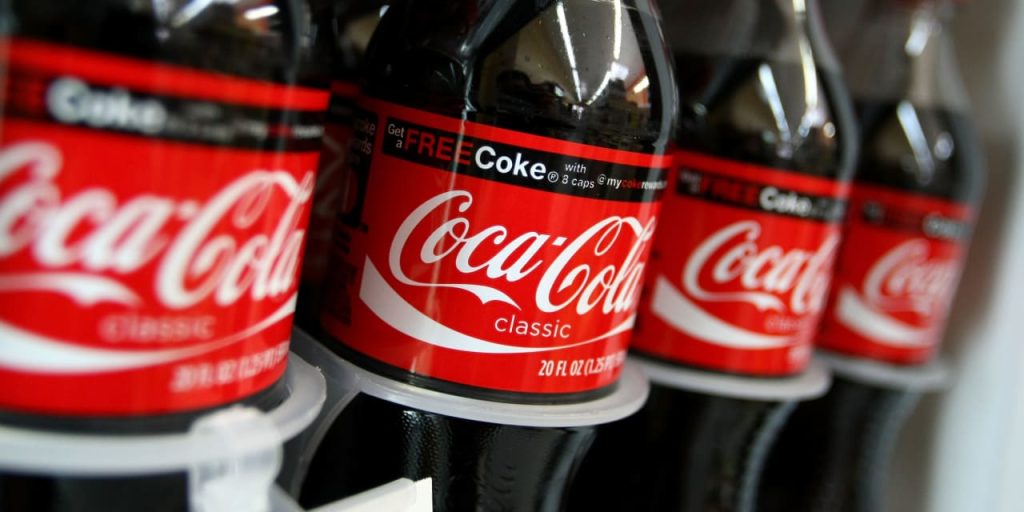Cash has been king since the Federal Reserve began its fight against inflation, while stocks have taken a dive. Now, the appeal of cash is fading, and a select group of stocks looks more interesting.
Since the start of 2022, just over a net $80 billion of Bank of America private-client money has flowed into short-term Treasury funds, according to the bank. The rush came as the Federal Reserve was lifting short-term interest rates, causing yields on short-term Treasury debt to spike and forcing banks to offer higher yields on deposits.
The one-month
Treasury
bill has soared to about 5.3% at times, putting it near its highest level since 2007. That is attractive, given that it is comfortably above the recent rate of inflation. Stocks, after all, can fall at any time.
People have rushed so much into cash-like investments that their portfolios have become bloated with them. Cash comprises about 13% of the average BofA private-client portfolio right now, up from around 10% in early 2022. Historically, cash as a share of investors’ holdings has tended to decline when it gets this high.
While people were rushing into cash-like investments, stocks were getting crushed. The
S&P 500
is still 13% below the record high it hit in early 2022, months before the Fed started raising interest rates to reduce demand for goods and services.
Equity allocations among Bank of America clients have dropped to about 58% of portfolios from a recent peak of 66%. They rarely go below about 56%, except during extreme events such as the lockdowns in early 2020.
Because people already own tons of cash and less stock, a reversal seems in store. That is partly because, as interest on cash pours in, investors have to decide what to do with that money, and given the outlook for monetary policy, stocks could be the way to go.
Already, the flow of money into cash-like investments is waning. The net movement into short-term Treasury bill funds last week was just under $2 billion, a number that has consistently declined from the peak of near $10 billion in 2022.
So how about that stock market?
It might perform well enough over the next few months as signs that the economy is slowing down raise expectations that the Fed could cut interest rates within a year. The rate of inflation is on the decline.
Lower inflation, and the reduced interest rates it can bring, are what the stock market wants to see. The S&P 500 averages a 9.5% annualized gain in each month leading up to a rate cut after the final increase in a tightening cycle, according to Evercore. That equates to a 0.8% gain for each month.
Rate cuts tend to come when the economy is under threat, so it is the defensive sectors that perform the best over those stretches. Communications services companies—think
AT&T
(T) and
Verizon
Communications (VZ)—as well as those in healthcare, utilities, and consumer staples, tend to thrive in relative terms because people need their products even when times are harder.
The average annualized gain for S&P 500 communications names from when the Fed makes its final increase of a cycle to its first cut is about 22%. That is about a 1.8% gain each month. Utilities average an annualized gain of just under 20%, while healthcare and staples are at around 15%.
That’s better than money in the bank.
Write to Jacob Sonenshine at jacob.sonenshine@barrons.com
Read the full article here
